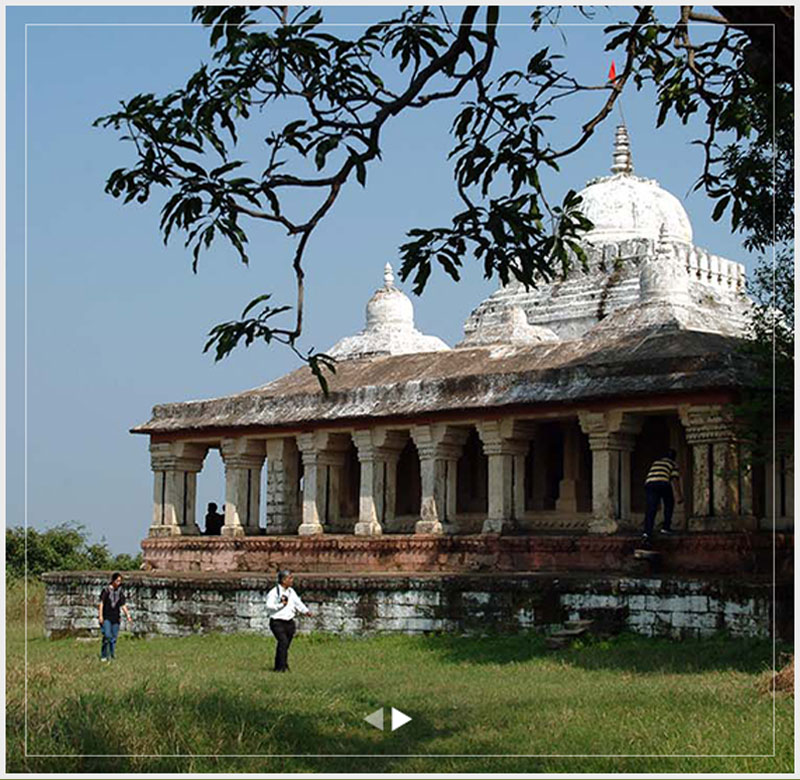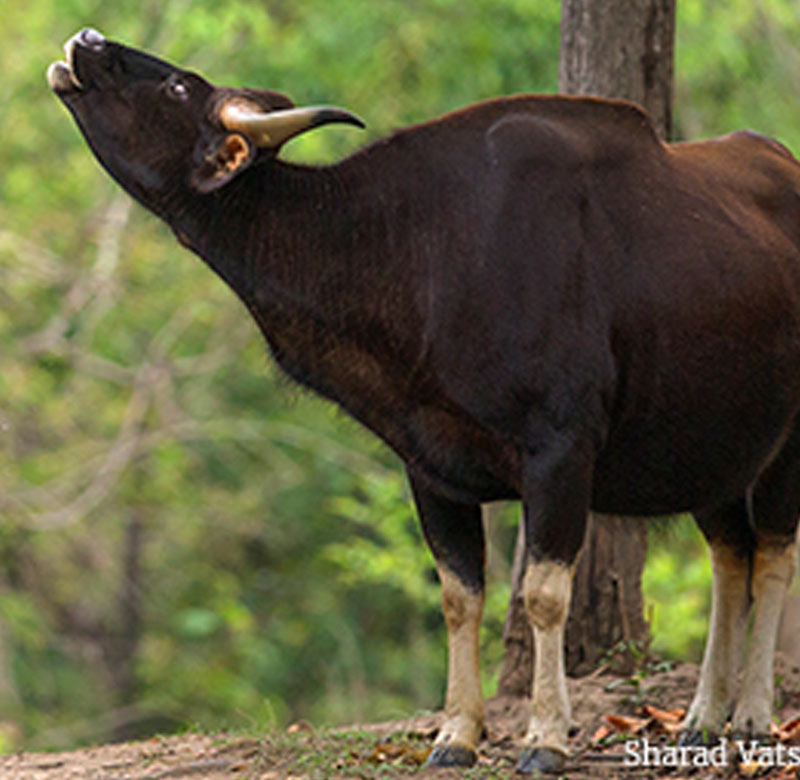At the foothills of the Bhutanese Himalaya, lies a unique biosphere that is one of a kind. Manas National Park is the only place in the world where the Terai grassland meets the Bhabbar grassland, intersected by dense tracts of woodland. The park is named after the River Manas that flows down into the north east of India from Bhutan. It is one of the only parks in the entire subcontinent that is a tiger reserve, an elephant reserve, a biosphere reserve and an Important Bird Area.
Manas is a world heritage site and one of the most sanguine places on earth. It is home to several species that are endemic only to these parts. The forest is an extremely rich moist deciduous variety full of indigenous species and with some of the thickest undergrowth you will ever see. Manas is a vast park and the biodiversity here is endless. It is one of the best natural habitats for the tiger in India and was one of the first designated parks under the Project Tiger conservation program in the 70s. The landscape is exquisite with its grasslands stretching through to thick forests and then into the foothills of the Himalayas – a true haven for the wildlife enthusiast.

Manas is located in Assam in the North East of India. It borders with the Royal Manas National Park in Bhutan.

Topography: Manas is situated against the backdrop of the Bhutanese Himalaya. It has large tracts of Terai and Bhabbar grassland that are interspersed by dense Easter moist deciduous forest. The Manas river cuts through the park and leaves a tract of alluvial savannah grassland along its course.
In Season: 01 November – 30 April
Manas is the last remaining habitat for the Pygmy Hog (porcula salvania). There are only 150 of these creatures left in the wild and IUCN is in the process of trying to regenerate the species. The pygmy hog is the sole representative of the genus Porcula, making the conservation of this critically endangered species even more important, as its extinction would result in the loss of a unique evolutionary branch of pigs.
Manas is one of those unique habitats in India where the chances of spotting all of India’s endemic and exotic creatures is very high. From the tiger to the leopard, the clouded leopard, Asian golden cats, the wild dog, the sloth bear and black panthers – this park is a must for those who love the feline species. Smaller species of cats as well as several raptors find an abundant prey base in this park, which is teeming with biodiversity.
Manas has several species of primate and herbivore. The most iconic of these being the Asian Elephant, the One Horned Indian Rhino, the Gaur (Indian Bison) and the Wild Water Buffalo. However, it’s also a home to some extremely rare and endemic herbivores which make it a really special habitat. These include the Hoolock Gibbon, the Golden Langur, the Hispid Hare and of course the Pygmy Hog. Smooth coated otters are often found in its rivers and streams and there is an abundant population of various deer species.
Manas has several types of turtles and snakes. It is a major habitat for India’s prized reptile, the King Cobra. The herpetofaunal population of Manas is still being discovered and to date there are over 50 species of reptiles and 35 species of amphibians in the park. Some of these include very rare and unusual creatures such as the blue fan-throated lizard and the twin-spotted tree frog.
Manas is a bird lover’s haven. It is also designated an Important Bird Area (IBA). For birding enthusiasts, it’s one of the few natural habitats for the highly endangered Great Indian Hornbill – known to some as the tiger of the avians. It has one of the biggest populations of the rare Bengal Florican, and hordes of other water fowl and birds are spotted here in large numbers. From Brahminy Ducks, to Ospreys, Hornbills to Harriers, it takes a lifetime to absorb Manas’ incredible concentration of bird life.
The nearest airport is at:
The nearest railway stations are at:

Game drives by jeep –visit the forest on a jeep game drive with an expert naturalist.

Elephant back safaris – delve deep into the core of the jungle as you travel through the tall grass on the back of an elephant.

Trekking – take a trek through the buffer zone and experience the rich biodiversity of Manas on foot.

Rafting – Enjoy a spot of river rafting as you watch the park’s incredible depth of riverine life.

Primate and Bird watching – Manas is home to some of the world’s rarest primates and birds. Your guided safari will focus on the uniqueness of these species.

Manas has a moderate climate that makes it pleasant to visit throughout the season. The winter months are extremely pleasant and hover at around 11-15 degrees centigrade (in the low 60s in Fahrenheit). The summer months are warm but not unduly hot at around 30-35 degrees centigrade (in the high 80s in Fahrenheit).
Musa Jungle Retreat :
what we love… it is so close to the national park that you can actually hear the elephants trumpeting!
Birina Resort :
what we love… Birina Resort is a former tea bungalow on a tea estate, with an ecofriendly ethos.
Bansbari Lodge :
what we love… Bansbari Lodge has a simple and cozy ambience. Warm and friendly staff and a superb kitchen that dishes up local cuisine make this a terrific option.
Florican Cottages:
what we love… the intimacy of it’s size – with just six simple and comfy cottages, one never feels overcrowded.
November, February, March and April are some of the best months to visit Manas.